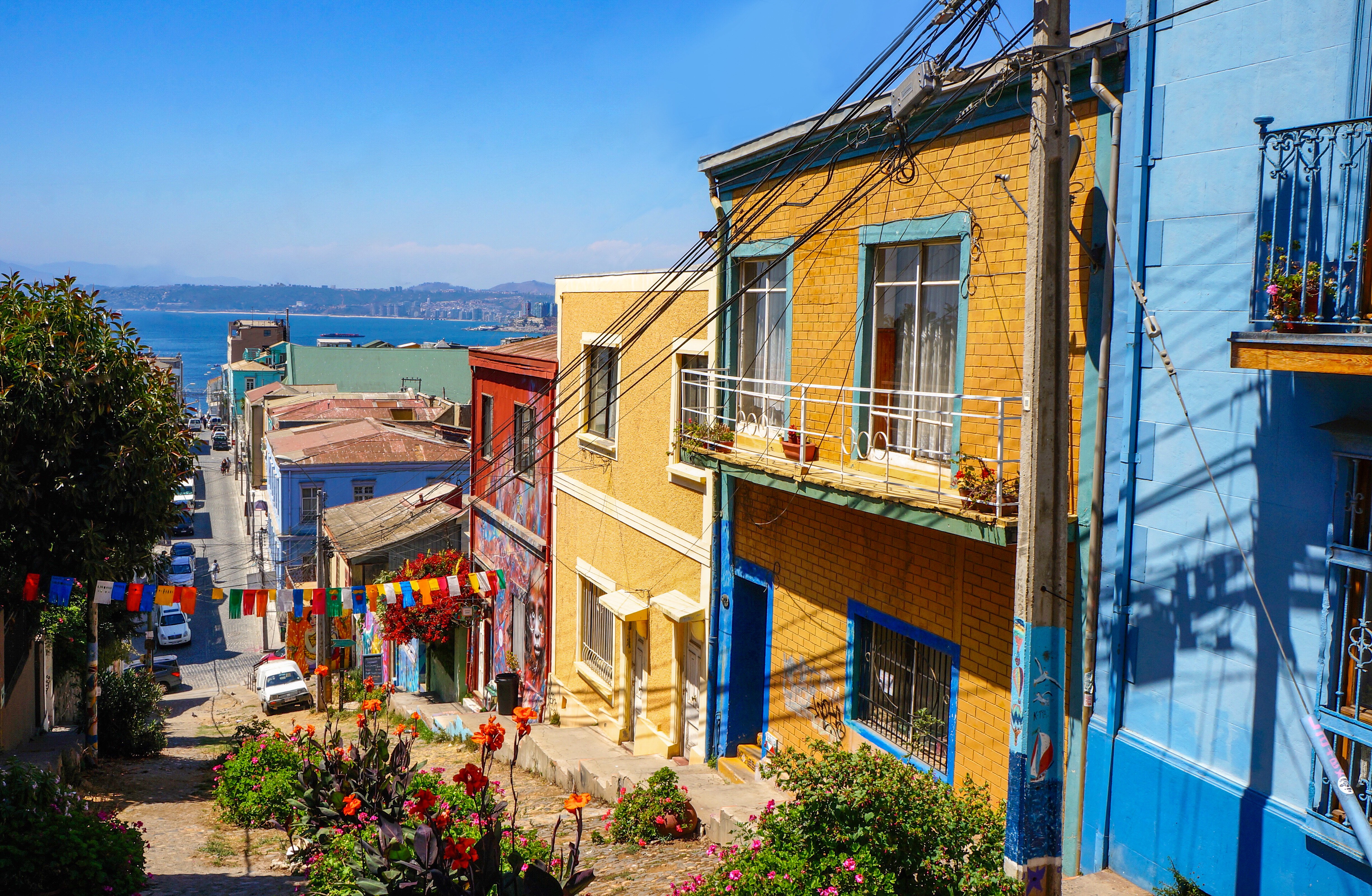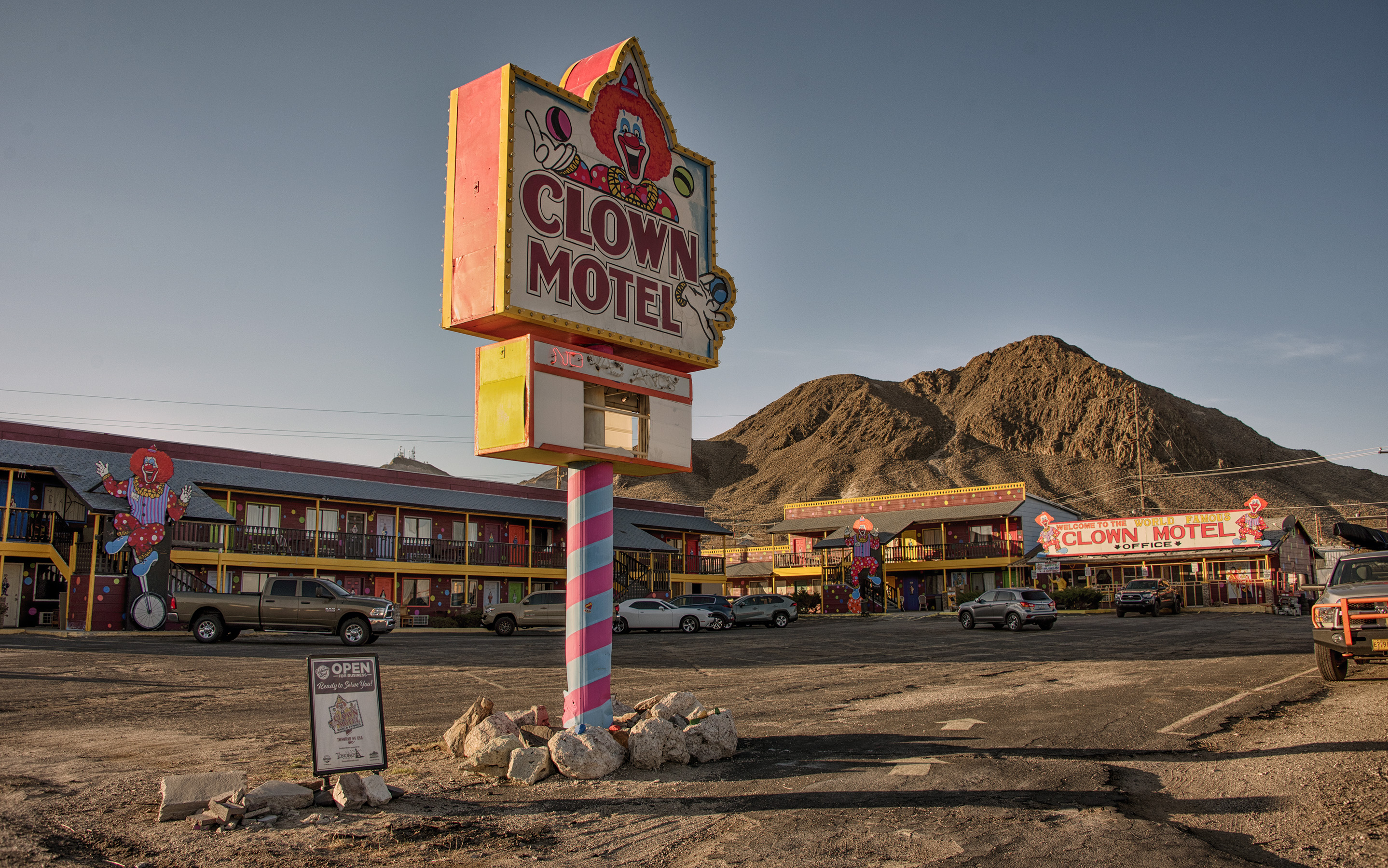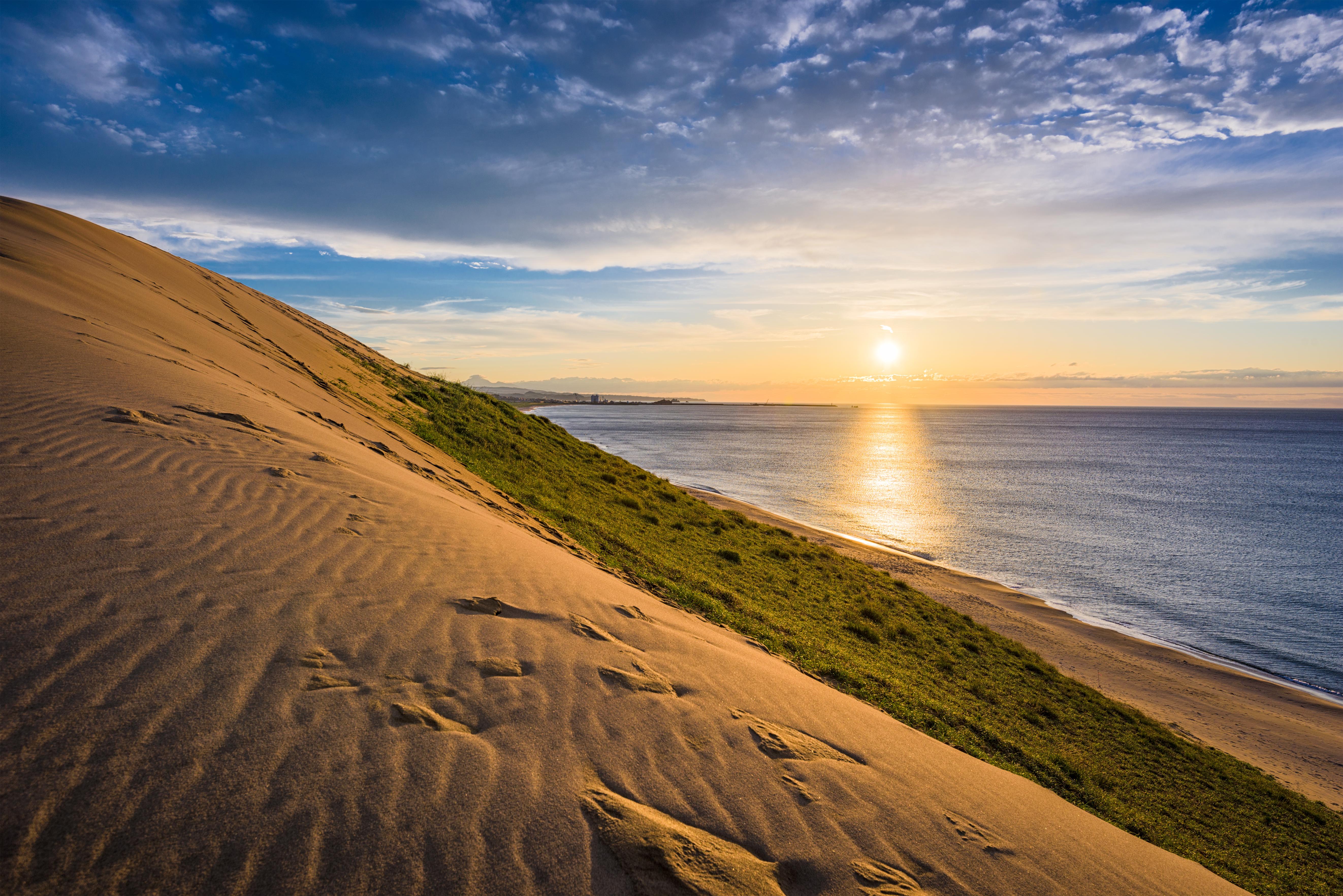Photos That Are Disrespectful, Dangerous, or Downright Illegal Abroad
Travel photos are meant to capture memories—but some shots can cost you more than just a few likes. In many parts of the world, what seems like a harmless picture can come off as deeply offensive, dangerously reckless, or even land you on the wrong side of the law. Whether it’s snapping sacred rituals, climbing cliffs for selfies, or flying drones where they’re banned, not all moments are yours to take. Before you raise your camera abroad, it’s worth knowing what crosses the line. Here are 11 photos that are disrespectful, dangerous, or downright illegal—and why you should think twice.
1. Posing with Buddha Statues in Thailand
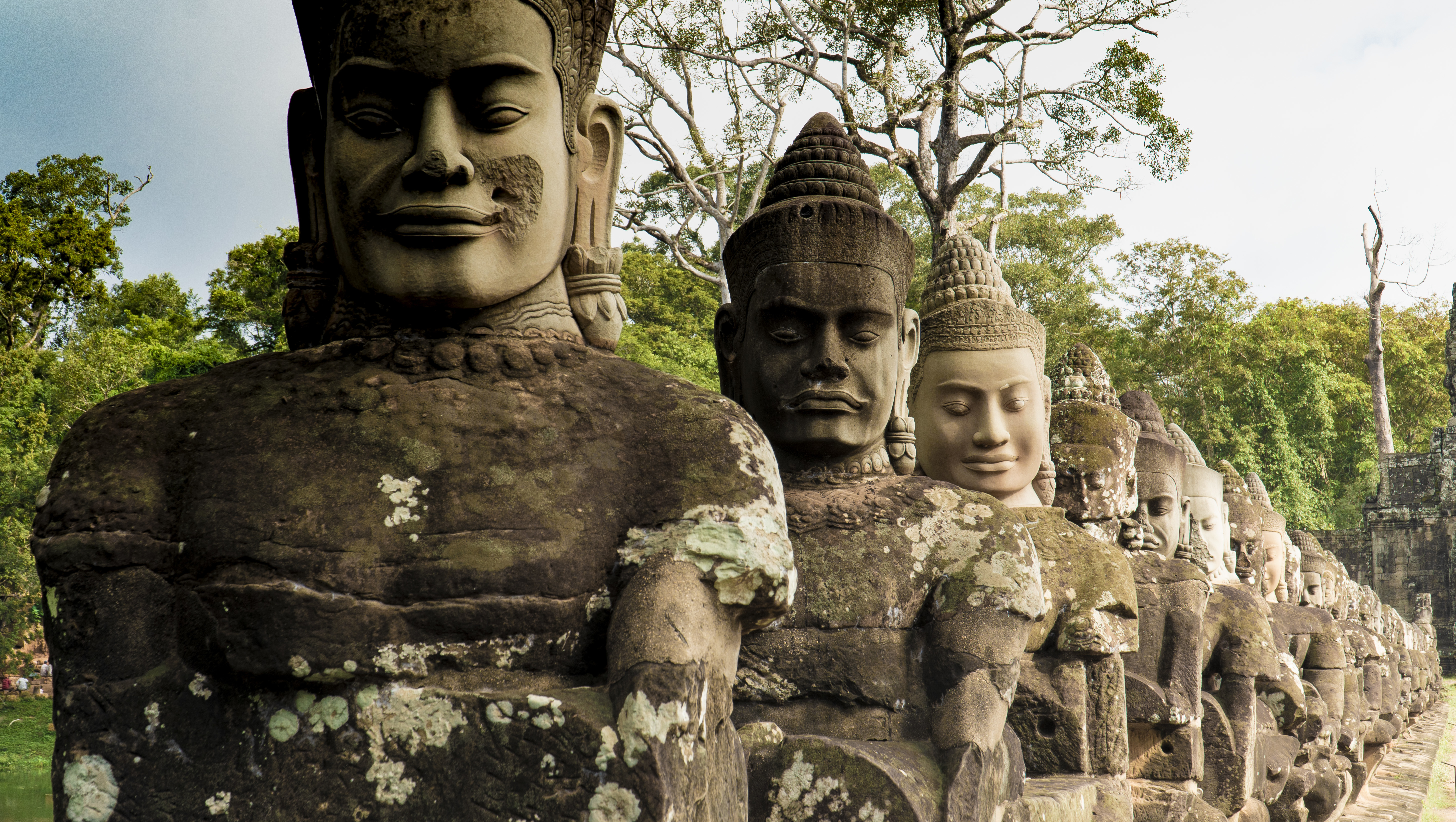
It might seem harmless, but treating Buddha statues like tourist props is deeply disrespectful in many Southeast Asian countries—especially Thailand, where such acts are considered sacrilege. Sitting on statues, posing with your back turned, or playfully mimicking gestures can offend locals and even lead to fines. These are not souvenirs—they’re sacred representations. Thailand has run entire campaigns discouraging tourists from Buddha-themed tattoos or selfie antics. If you want to show reverence, remove your shoes, dress modestly, and skip the Instagram antics. Respect, in this case, isn’t optional—it’s the minimum.
2. Taking Selfies at Holocaust Memorials
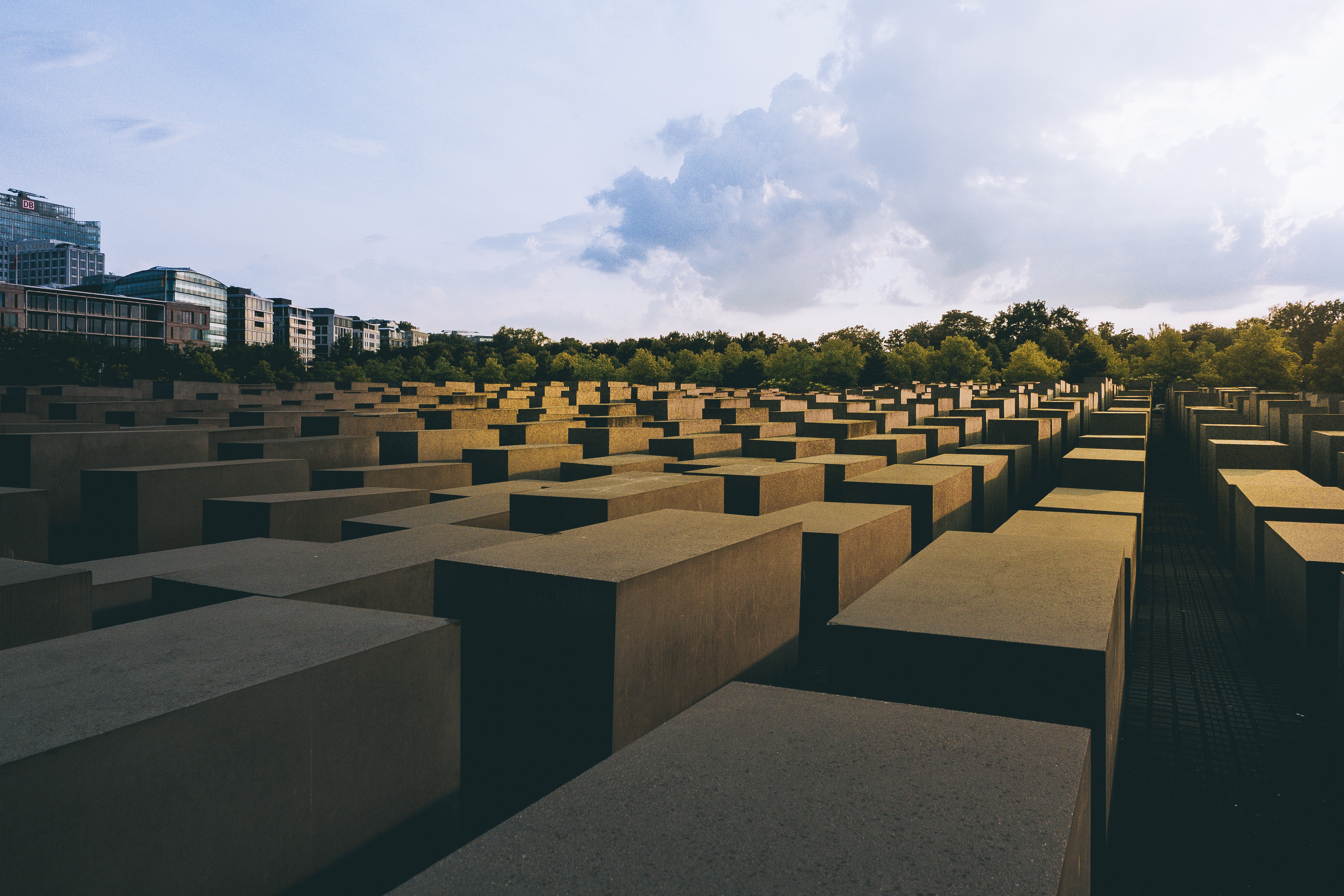
Berlin’s Holocaust Memorial is a striking piece of architecture—but it’s not a photo op. Tourists who take selfies leaping between slabs or striking poses for likes have been widely criticized for trivializing genocide. It’s not just about taste—it’s about memory. These are places of mourning, not visual playgrounds. Similar caution applies to concentration camps, genocide memorials in Rwanda or Armenia, or Ground Zero in New York. Snap if you must—but be still, be reverent, and let the photo reflect remembrance, not spectacle.
3. Snapping Worshippers Mid-Prayer
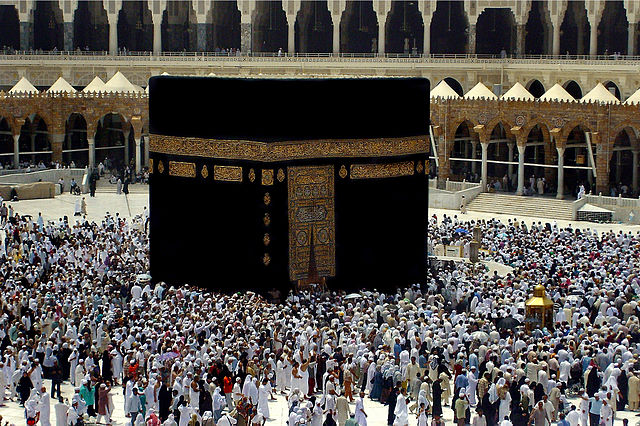
Temples, mosques, churches—they may look photogenic, but snapping locals mid-prayer crosses a major line. In places like Varanasi, Mecca, or Kyoto, photographing people during spiritual rituals without consent is considered both intrusive and offensive. Some sites ban photography entirely; others expect silence and modesty. Remember: worship is not a cultural “moment” to be documented. It's private, even in public. Want to capture the place? Do it respectfully—before or after services, with no people in frame, or with explicit permission. Reverence travels farther than flash.
4. Military Installations and Border Zones

In countries like Egypt, Turkey, or North Korea, photographing military sites can land you in serious trouble—think detainment, not just a deleted pic. Even seemingly benign shots of government buildings, police officers, or airports can violate national security laws. In Morocco, travelers have been stopped for filming border crossings. In India, airports often have signage banning cameras in security zones. Bottom line: if you're unsure, don’t shoot. Some risks aren’t worth the retakes—and ignorance won’t save you if the law comes knocking.
5. Rooftop and Cliff-Edge Selfies

From the cliffs of Norway’s Trolltunga to rooftops in Hong Kong, high-risk selfies have become a global trend—with deadly consequences. Each year, dozens of travelers fall to their deaths trying to capture that perfect shot. Authorities have begun restricting access or fining thrill-seekers for endangering themselves and others. Beyond personal safety, emergency rescues can strain local resources. Remember: no photo is worth your life—or someone else’s. Skip the edge-of-the-world stunt and tell a better story by making it home.
6. Children in Vulnerable Communities

Taking photos of children in slums, refugee camps, or underdeveloped areas without consent isn’t just ethically murky—it can be exploitative. In countries like India, Uganda, or Brazil, many children are photographed daily by well-meaning tourists, then reduced to symbols of poverty online. Worse, some images end up fueling harmful narratives or are misused entirely. If you wouldn’t take or share that photo back home, don’t do it abroad. Want to help? Support a local NGO, ask questions, and put your camera down.
7. Sacred Rituals and Ceremonies
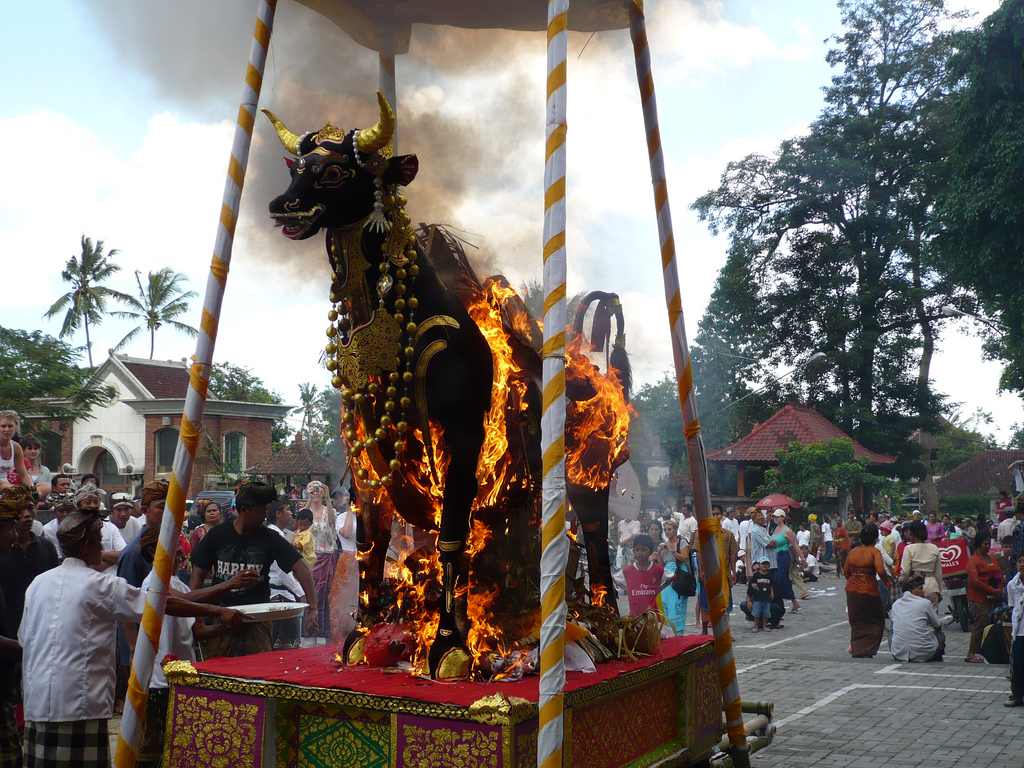
From Balinese cremations to Andean festivals, many rituals are open to public viewing—but not public photography. Capturing such moments without permission can desecrate their spiritual significance and harm community trust. Some regions have even banned tourists entirely after repeated violations. Don’t assume cultural openness equals consent. If you’re invited to witness a sacred event, ask before filming. Sometimes, the most respectful thing you can do is stand quietly—and leave the memory untouched by the lens.
8. Drone Shots Without a Permit
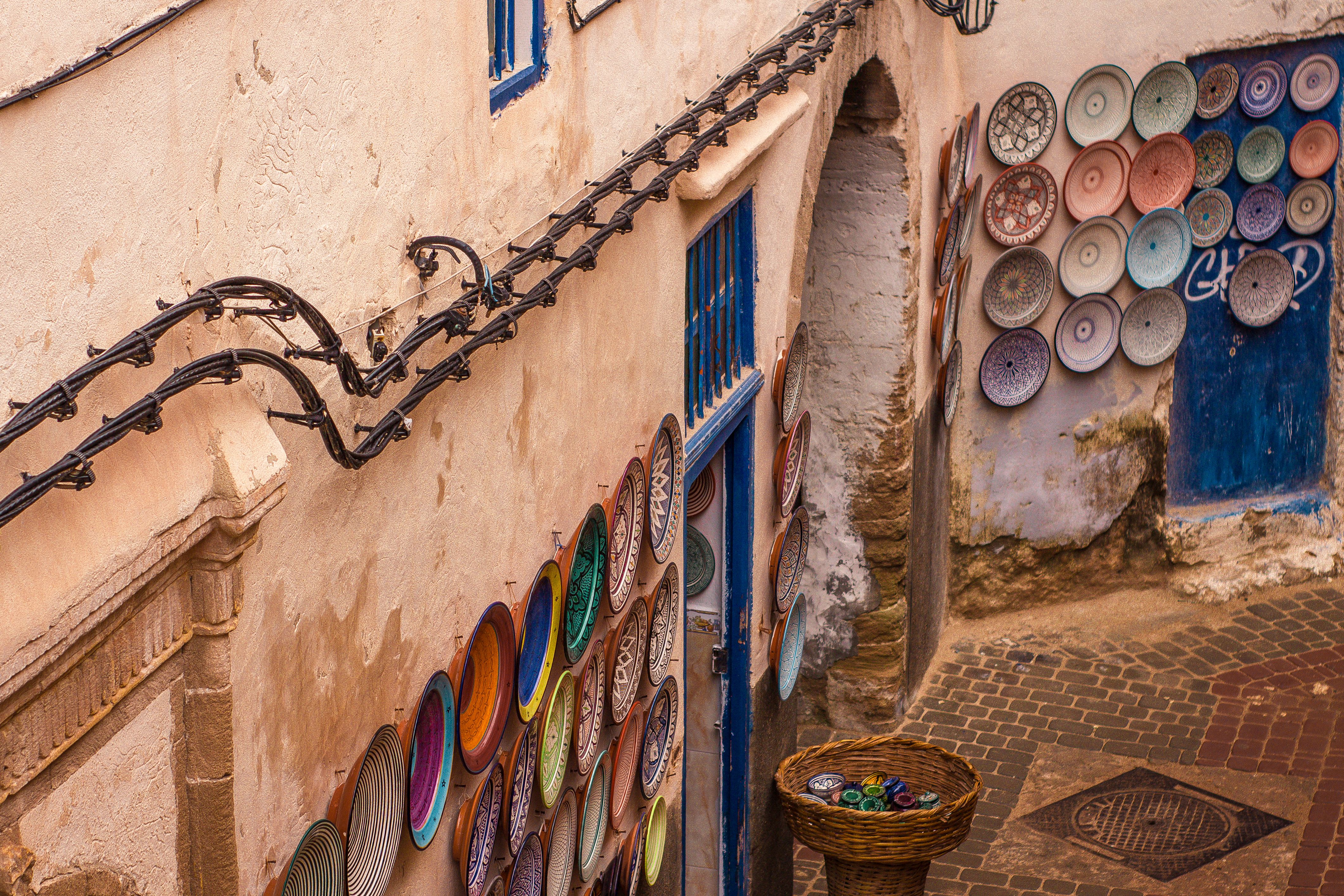
That sweeping aerial footage of Moroccan medinas or Cuban coastlines? Probably illegal. Many countries strictly regulate drone use, requiring permits or outright banning foreign-operated drones. In India, drone use without registration can result in confiscation or arrest. In Cuba, your gear might be seized at the airport. And flying drones over crowds, wildlife, or sacred sites is not just unlawful—it’s dangerous. Always check aviation laws and fly only where permitted. If you can’t get the shot legally, it’s not worth getting at all.
9. Poverty Play for Social Media
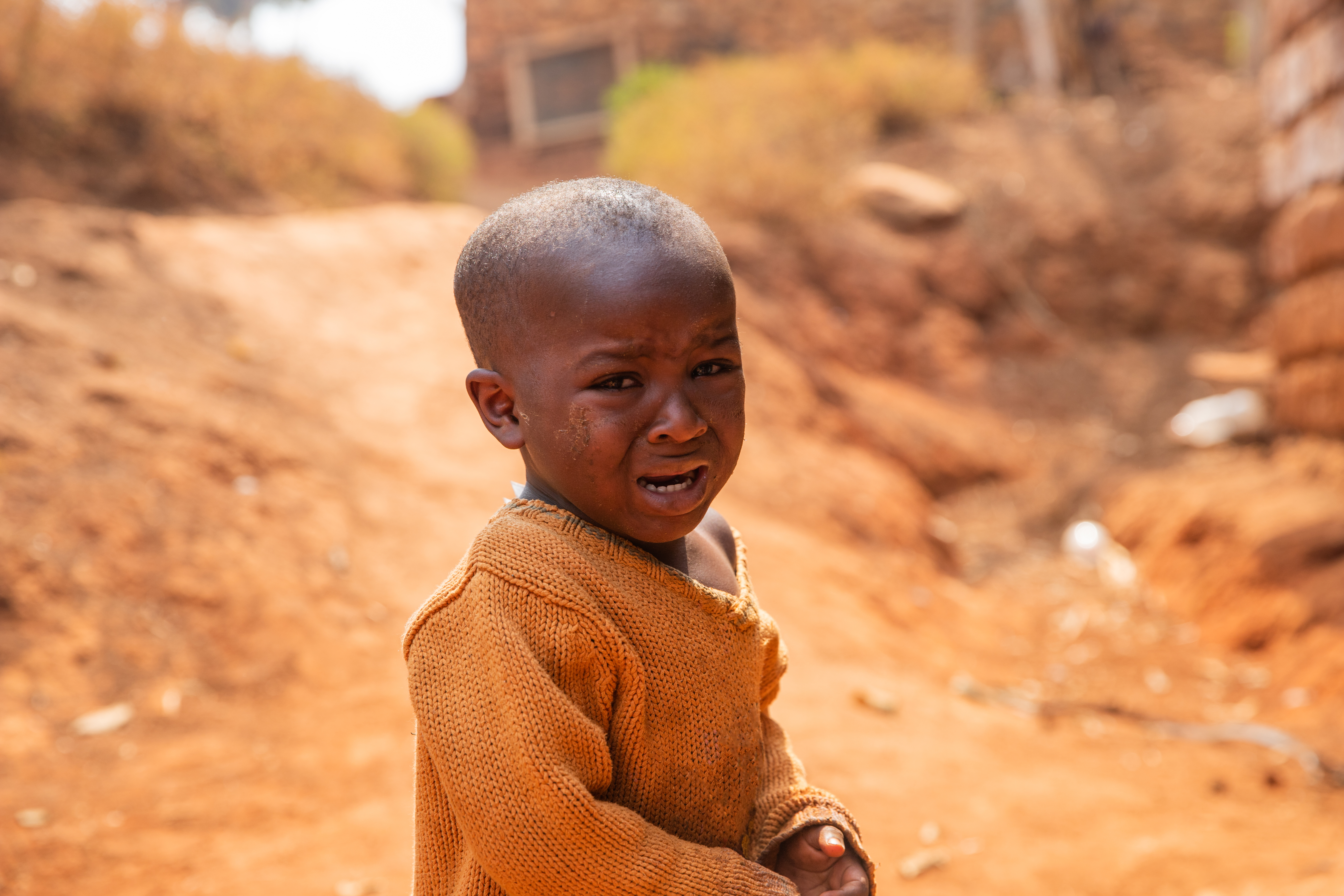
Photographing someone at their lowest point—sleeping rough, begging, or visibly suffering—turns their pain into your content. This form of poverty play is both exploitative and common, especially across developing nations. Even well-intentioned captions (“This broke my heart…”) can come off as self-congratulatory or performative. You’re not raising awareness—you’re mining struggle for likes. Instead, photograph dignity, not despair. Show community, resilience, vibrance—if you must photograph at all. Or better yet: choose not to click.
10. Monuments with No-Photo Policies

Flash photography inside cathedrals, museums, and ancient caves can damage artifacts over time—especially delicate murals or manuscripts. That’s why sites like Lascaux (France) or Ajanta Caves (India) strictly ban photography. Yet many tourists still sneak photos, assuming one flash won’t matter. But the rules exist for a reason: preservation. Ignoring them not only harms global heritage but disrespects the effort locals put into protecting it. Want to remember the moment? Buy a postcard—or commit it to memory.
11. Mocking Poses in Sacred Places

That viral shot of someone “kissing” a statue or doing yoga in front of a grave? Not cute. Whether it’s straddling sacred symbols or striking sultry poses in ancient temples, such images offend deeply—and can trigger public outrage. In Cambodia’s Angkor Wat or Egypt’s pyramids, these stunts have led to arrests or bans. Cultural sites are not backdrop props for personal branding. Posture, attire, and body language matter. The rule is simple: if you wouldn’t do it in a house of worship back home, don’t do it abroad.
The Shot Isn’t Worth the Fallout
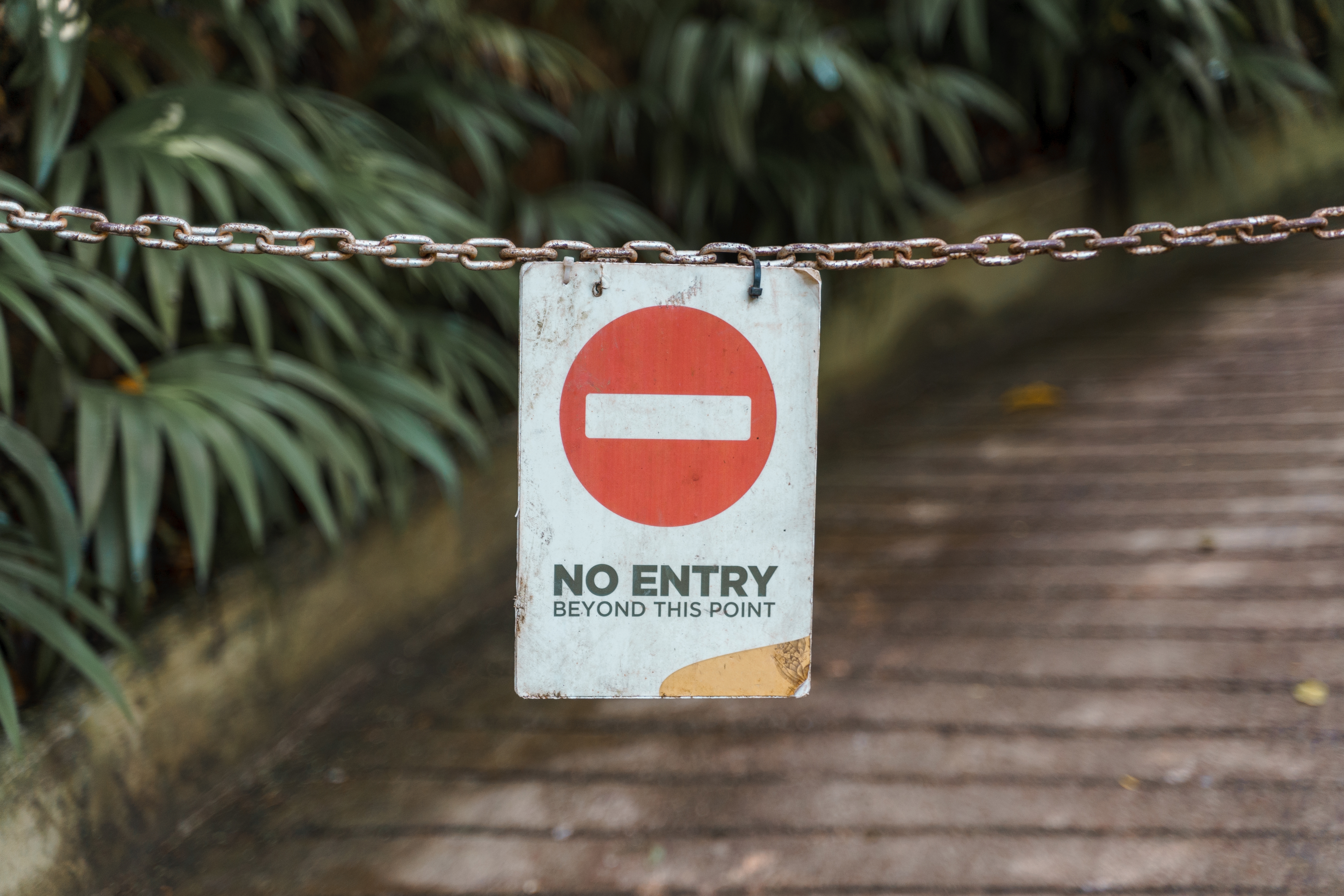
In a world where every experience is filtered, tagged, and shared, it’s easy to forget that not every photo belongs in your camera roll—or your feed. What might feel like a fleeting moment to you could be a sacred ritual, a national security threat, or someone’s dignity stripped in pixels. Travel is a privilege, not a performance. It demands more than curiosity—it demands conscience. So before you frame that perfect shot, pause. Ask yourself: who does this photo honor, and who does it exploit? The most powerful travel memories often live offscreen—in conversations had, silences held, moments respected. Because the goal isn’t just to capture the world, but to move through it with enough grace that the world still welcomes you back. Take the photo when it’s right. But more importantly, learn when not to. That restraint? That’s the real picture worth remembering.





